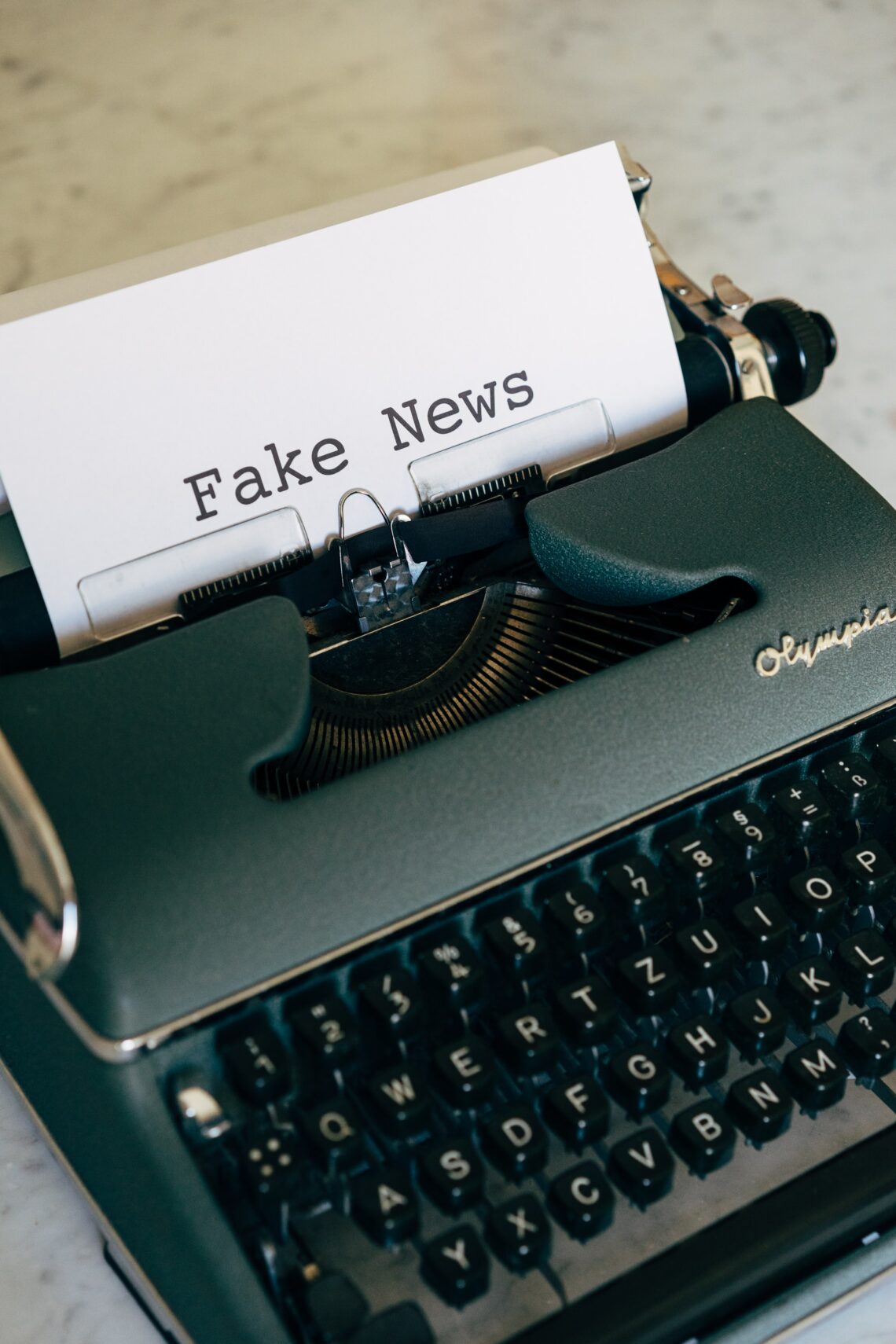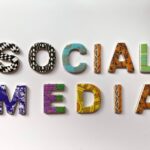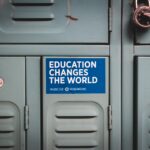Media literacy is defined as the medium used to create online posts, as well as acquiring the knowledge to determine the impacts of online interactions (Trilling). Understanding the components of media literacy is important due to the high amounts of misrepresentation on social media, which can also be called fake news (Hurst 80). Fake news can be defined as misleading news-like information that is primarily spread on social media platforms (Hurst 80). While the internet contains an abundance of valuable information from a global network of individuals (Smith, 3:50-4:05), it can also cause an “information glut” (Smith, 3:50-4:05). This is where fake news comes into play, and it is critical to develop media literacy skills to be able to pinpoint the valuable and real information (Trilling). As a future educator, I plan to emphasize the reality of false information on social information platforms. It is important to start teaching kids digital literacy skills at a young age (Trilling), especially because the online world is continuously growing, and digital networking is becoming that much more valuable. So, understanding media literacy myself, and ensuring to teach media literacy skills to my future students, will help them understand how to interpret messages, understand why messages are being created, and critically think about social networking sites to understand the potential risks (Trilling).
When engaging publicly on social media, there are specific factors to consider. As discussed earlier in the course, the way one engages online contributes to their digital identity (Stoller, 0:10-0:30). With my role as a future educator, this is especially important to consider for when future employers, students, or parents reflect on my online footprint (Stoller, 0:04-0:37). With a public audience, there is a lot of room for misrepresentation of online statements and opportunities for thousands of people to see your thoughts. Jody Vance states that it takes a long time to build a reputation, but only a few seconds to break it (21:30-21:38). When engaging online, this reality is magnified due to how quickly a post can reach thousands of people (Hurst 87). Being in the public eye allows people to contradict your beliefs and challenge your statements (Smith, 12:40-13:40). So, it is important that everything shared publicly reflects your beliefs accurately and clearly.
While it can be difficult to engage with people who oppose your opinions, it can also be beneficial to acquire diverse viewpoints. Engaging with people online who provide alternate viewpoints can help contribute to an inclusive PLN (Smith, 12:40-13:40). In addition to engaging with people that have objective opinions, interacting with people of similar values can be rewarding for support, advice, or feedback (Smith, 14:00-15:90). Specifically for teachers, online PLNs are incredible for professional development, as resources can be accessed at any time (Smith, 14:00-15:90). Julie Smith explains that she created a reliable network of people online that allows her to feel connected to many educators. She feels supported and connected, even though they have not met in person (Smith, 12:40-13:40). I relate to Smith’s statement, as I have experienced this reality with online schooling during the pandemic. I have created a PLN with people that I have never met in-person, yet I still feel a level of support and closeness based solely on online connections. Jody Vance explains that social media networks started her conversations with various people (i.e., through DMs); however, face-to-face interactions sealed it (24:00-26:00). While online interactions are valuable, there is also something special about creating a connection by being able to look into someone’s eyes. Both are important, and together, can lead to an incredibly strong personal learning network.
Works Cited:
Hurst, Martin. Navigating Social Journalism: A Handbook for Media Literacy and Citizen Journalism. 1st ed., Routledge, 2018. https://www-taylorfrancis-com.ezproxy.library.uvic.ca/books/mono/10.4324/9781315401263/navigating-social-journalism-martin-hirst
Smith, Julie. “EDCI 338 – MEDIA LITERACY with JULIE SMITH.” YouTube, uploadedby MILLER, 6 June 2021, https://www.youtube.com/watch?v=57r3-aEnci0
Stoller, Eric. “What is Digital Identity?” YouTube, uploaded by University of Derby, 25 November 2016, https://www.youtube.com/watch?v=u0RryRbJza0
Trilling, Bernie, et al., 21st Century Skills: Learning for Life in our Times. Jossey-Bass, San Francisco, 2009. https://learning-oreilly-com.ezproxy.library.uvic.ca/library/view/21st+Century+Skills:+Learning+for+Life+in+Our+times/9780470475386/fade_9780470475386_oeb_c04_r1.html%23h2
Vance, Jody. “Jody Vance Media Voices.” YouTube, uploaded by MILLER, 6 June 2021, https://www.youtube.com/watch?v=E-NnpQJdl0A



aeshaa
June 13, 2021 — 1:01 pm
Hi Olivia! I really enjoyed reading your blog post this week. I agree with your idea of teaching kids the importance of digital literacy skills at a young age. It will help them in their youth and in their adulthood to be able to identify what is false and what is true and how to find out the truth.